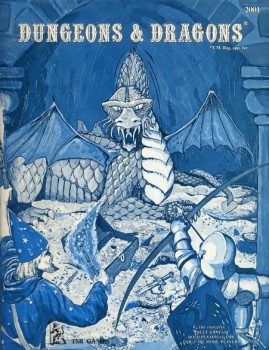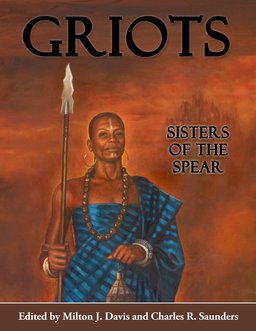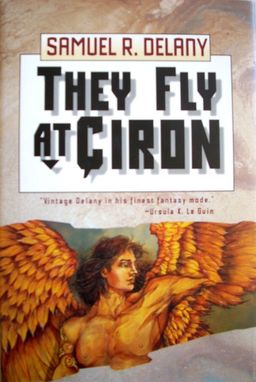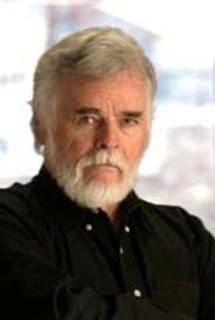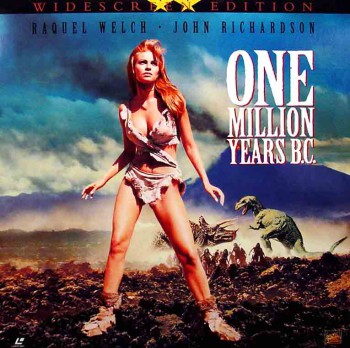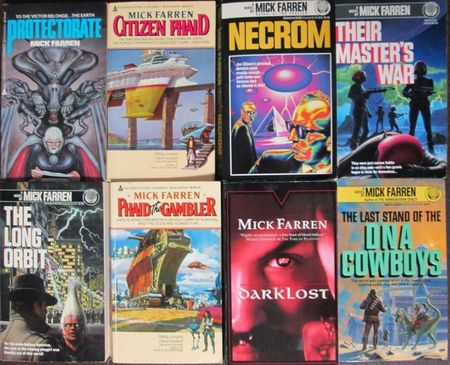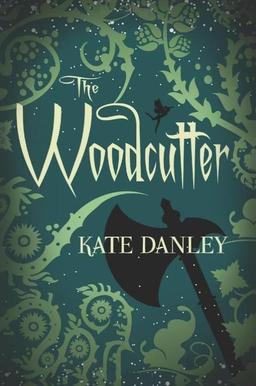A History of Godzilla on Film, Part 3: Down and Out in Osaka (1969–1983)
 Other Installments
Other Installments
Part 1: Origins (1954–1962)
Part 2: The Golden Age (1963–1968)
Part 4: The Heisei Era (1984–1997)
Part 5: The Travesty and the Millennium Era (1996–2004)
Addendum: The 2014 Godzilla
Sayanora, Tsubaraya — and Sayanora, Golden Age of Japanese Cinema
The end of the Golden Age of Japanese Giant Monster movies coincided with the end of the most productive era for the Japanese film industry. Starting in the early 1950s, the country’s film industry experienced a meteoric rise. The major studios released a combined average of 450 movies to theaters each year. But the growth of television in the 1960s started to erode film attendance. In the late-‘60s, audience levels dropped precipitously, numerous theaters closed, and the studios faced cutbacks. Contract directors and stars were released, departments were scaled down or eliminated, and the studio responsible for the “Gamera” and “Daimajin” films, Daiei, was forced out of business entirely.
Science-fiction and monster movies had it particularly rough because of the growth of television. Popular superhero TV shows offered a cheaper alternative for young audiences to get their giant monster fix. The children who increasingly made up the viewership for Godzilla movies could now see kaiju action daily from their living rooms.
Ironically, the person most responsible for the growth of SF television was Eiji Tsubaraya, Toho Studio’s master of visual effects and one of the four “Godzilla Fathers.” Tsubaraya formed his own independent company, Tsubaraya Productions, in 1963 to create special-effects television programs. The 1966 hit show Ultra Q led to the monumental success of Ultraman the next year. Each week, Ultraman pitted its giant-sized title hero against a new monster. Clone shows sprouted everywhere, and the monsters of cinema screens started to bring in less money.
